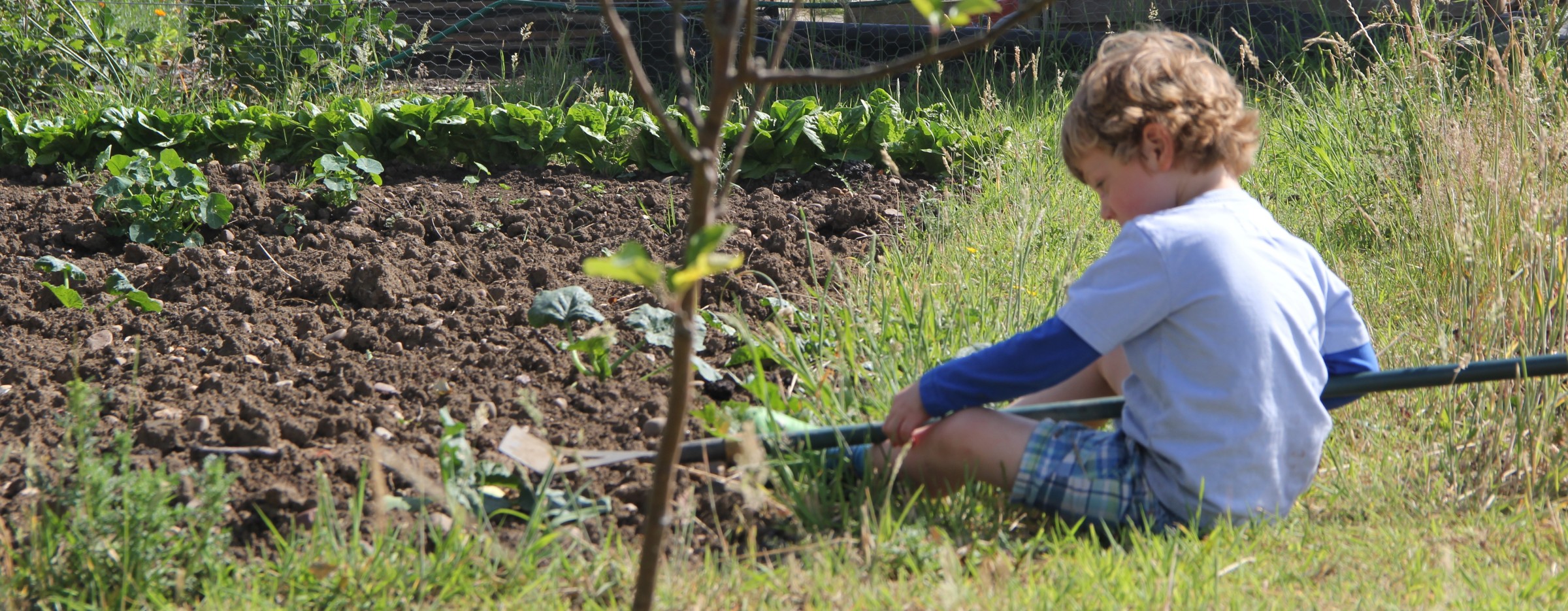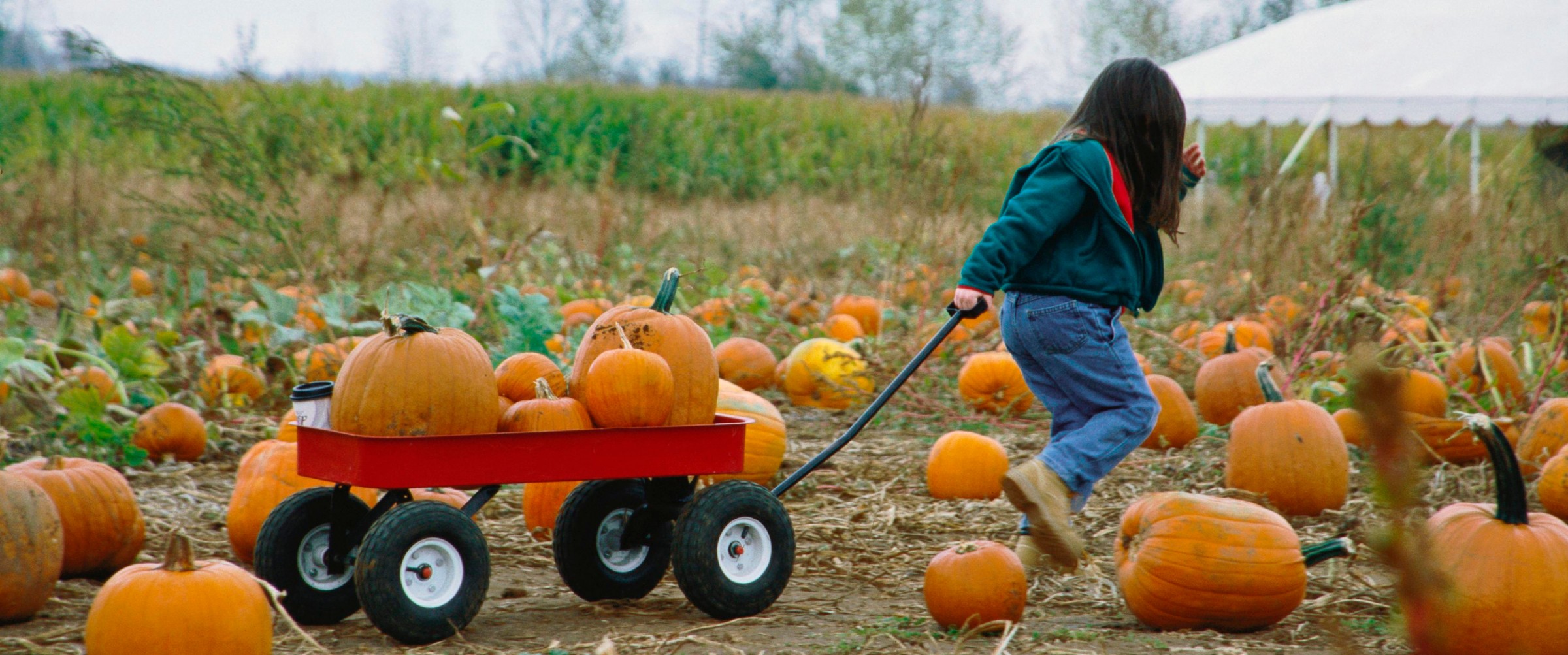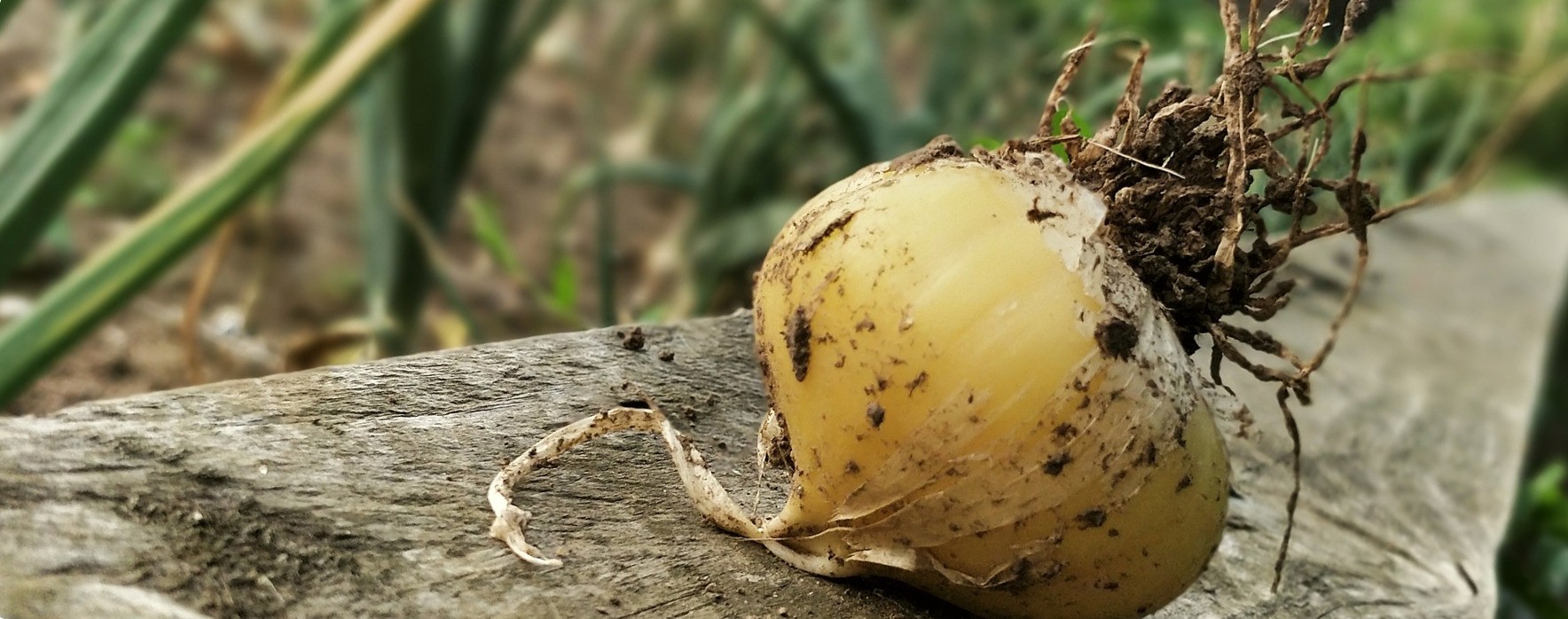6 Vegetables All Beginners Should Grow

You're excited to get started. The idea of getting your hands in the soil and tending your crops is the focus of your thoughts. But when you get there and see the empty beds it can be a daunting task. Knowing what to grow takes experience and that will only take time.
If you haven't dig out or created your vegetable beds yet then you might want to start with our Starting vegetable garden from scratch article.
After a couple of years you'll know what you like and have a stock set of vegetables that you like grow year on year. Until that time we recommend you try these 6 plants that every beginner vegetable grower should try. All are easy to grow and likely to give you very good harvests in your first year.
1 Salad Leaves
 These are the thing I use most and what feel I get most value from. They are easy to grow and will give you a harvest in no time. Choose cut and come again varieties to keep you in fresh salad leaves for weeks. Don't sow them all at once. Sow 1-3 feet rows each week for all season harvesting.
These are the thing I use most and what feel I get most value from. They are easy to grow and will give you a harvest in no time. Choose cut and come again varieties to keep you in fresh salad leaves for weeks. Don't sow them all at once. Sow 1-3 feet rows each week for all season harvesting.
Good cut and come again varieties to try include: Lollo Rossa, Lollo Biondo, Salad Bowl, Oakleaf, Ermosa Japanese Greens, Rucola or Pak Choy.
2 Rhubarb
 If you've inherited a plot then you'll probably already have a Rhubarb plant growing in a corner. If not get one planted. Assuming you like Rhubarb it will be the best thing on your plot. To me the taste of Rhubarb after a long cold winter is the very welcome entrance to spring.
If you've inherited a plot then you'll probably already have a Rhubarb plant growing in a corner. If not get one planted. Assuming you like Rhubarb it will be the best thing on your plot. To me the taste of Rhubarb after a long cold winter is the very welcome entrance to spring.
Rhubarb can be planted from seed but it will take an age to establish. Instead, buy Rhubarb Crowns (dormant root stocks). Better yet, see if a fellow gardener is willing to split theirs. Yes, you can dig up an established rhubarb plant and chop the roots in half to make two or three plants.
3 Green Beans (A true big cropper)
 Green beans (or French Beans), especially the bushing varieties, are so easy to grow (place seed in soil simple!). They produce so many beans over such a long period (assuming you pick them regularly) that they are a must for the first time grower.
Green beans (or French Beans), especially the bushing varieties, are so easy to grow (place seed in soil simple!). They produce so many beans over such a long period (assuming you pick them regularly) that they are a must for the first time grower.
The other great aspects of this under rated vegetable is:
- you can freeze the beans for later use throughout the winter.
- it doesn't need much compost as it will, with help from symbiotic bacteria on it's roots, fix its own nitrogen.
- a big hit with kids (well my 2 will eat them).
4 Pumpkin / Squash 
If you have the space and willing to wait for an amazing finale to your growing season then pumpkins and squashes are great. Both provide an impressive harvest to justify your new hobby to your friends. Imagine the pride at having grown your own pumpkins for halloween.
Pumpkins are easy to grow. Put seed in soil with lots and lots of compost, then keep well watered and well fed (liquid feed)
5 Onions

Not everyone grows onions as they are so cheap in the shops, but I really enjoy growing them. They are easy to grow and need very little tending. Just the occasional weeding / watering. They also look great when they have started to form the onions.
6 Peas

I grow peas as a garden snack. They are so tasty direct from a freshly picked pod that they never make it to the kitchen.
Peas can be a little more challenging to grow, but not overly so. They have many pests that you'll need to protect against. Mice and rats will dig up and eat the peas you sow before they germinate. Birds, such as magpies and pigeons, can eat the pea seedlings before they establish. Slugs can also be a problem. So cover with netting /sticks and sow about 8 peas (7 for the mice) in each station. Once they've established water regularly (with occasional liquid feed included).
Conclusion
If you grow all 6 in your first year you're bound to have and awesome growing year ( or at least an OK one ). Some may fail, but I expect all will be amazing.
If you'd like to explore the other vegetables and fruit that you can plant or sow then sign up to our free vegetable garden planner. This will tailor it's planting schedules to your local climate and give you other ideas about what to try. And what to plant in each month.
We hope you have an exciting growing year.
Richard
Photo attributions:
- Green beans photo by Mohammed Mahdi provided under CC By 2.0 license.
- Pumpkin photo by Mt Hood Territory provided under CC By 2.0 license.
- Pea pod photo by Meal Makeover Moms provided under CC by ND 2.0 license.

